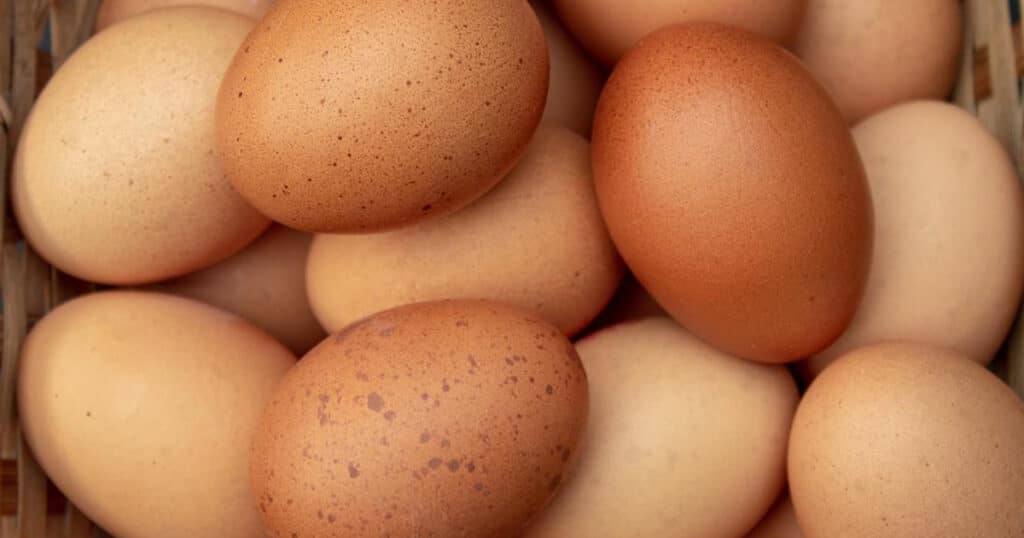
Food Shortages Expected To Worsen In 2023
Inflation has hit everything hard, but food price increases have outpaced everything else. According to the Bureau of Labor Statistics November report, overall inflation hit 7.1 percent while food prices showed a 10.6 percent year over year increase.
Stephanie Nash is a 4th generation dairy farmer in Tennessee. She was recently interviewed by Fox News and shared her thoughts on the upcoming year and some of the reasons why she believes 2023 will be worse than 2022.
“I believe 2023 is going to be rough, worse than last year. A number of factors have contributed to rising food prices, including fertilizer and fuel shortages, extreme weather conditions and rising interest rates in an industry that relies on debt financing.”
“We’re going to have a supply chain shortage; we’re going to have an increase in our food prices at the grocery store. I don’t think it’s going to go down anytime soon, and I think Americans are really going to be hurting in their wallet. You have family farmers and ranchers that can’t pay their bills. You talk about loans, that’s a big deal. Food costs are increasing, the overall production of our operation are increasing, we have to be able to get paid more to make it.”
According to USDA data, the farming industry’s total interest expense increased by 32 percent year over year to $26.5 billion dollars.
Most farmers take out short term, variable rate loans to pay for their necessities, things such as livestock, machinery, fertilizer, seeds, etc. These loans are offered at lower rates, but there is an inherent risk if interest rates increase, something that has obviously taken place over the last year.
According to a Reuters report, bank loans necessary for operating a farm have reached a five-decade high. This has caused farmers to make a decision on whether to reduce their cattle and crops in order to try and repay these loans.
According to Nash:
“We see products in the grocery store increasing, and I think a lot of people don’t understand that we’re not the ones pushing for increasing. We are making less than ever.”
Cattle herds were down 50 percent in Texas, 43 percent in New Mexico and 41 percent in Oregon.
Farmers are also killing off crops in record numbers. In August, the American Farm Bureau reported that 37 percent of the farmers from California through the Great Plains were killing off crops that wont reach maturity due to drought conditions, representing a 13 percent increase over last year.
The drought conditions continue to plague approximately 53 percent of the lower 48 states. The drought is so severe that the President of the Farm Bureau Federation, Zippy Duvall Stated:
“Americans may feel the effects of this drought for years to come. US consumers will now have to even spend more on certain meat and crops as they consider partially relying on foreign supplies or shrinking the diversity of items they buy at the store.”
Here are some of the foods that are expected to experience shortages next year:
Bread, Vegetable Oil, Butter, Corn, Tomatoes, Beef, Flour, Aluminum Canned Goods and if all of this wasn’t bad enough … Beer and Champagne.
Also, it wasn’t your imagination America. Here are the year over year increases between November 2021 and November 2022.
Meat and Poultry – Up 4.3 percent
Fresh Fruit and Vegetables – Up 8 percent
Milk – Up 14.7 percent
Cereal and Baked Goods – Up 16.4 percent
Canned Fruit and Vegetables – Up 18.4 percent
Eggs – Up 49.1 percent (Bird Flu)
Happy New Year!



